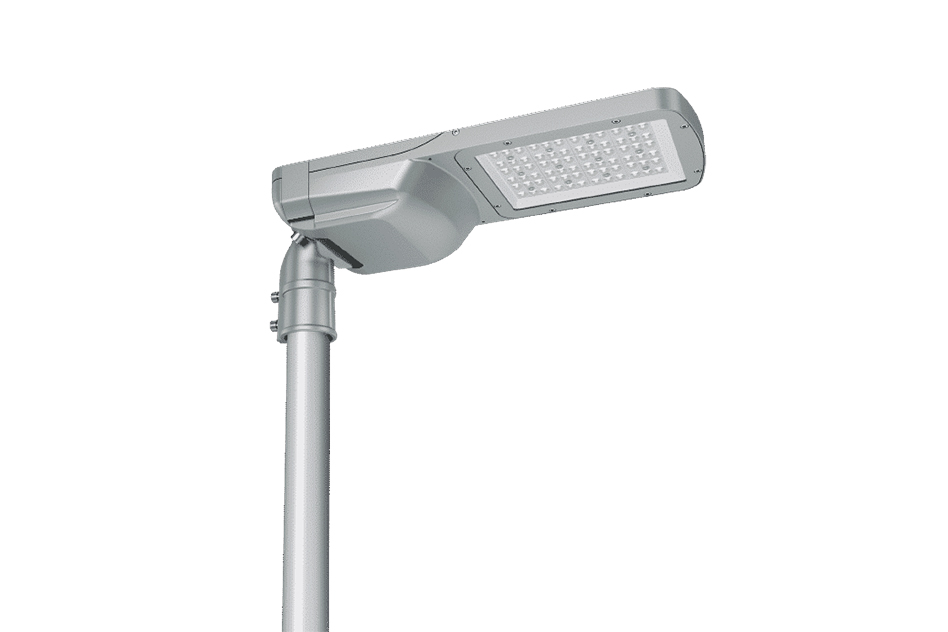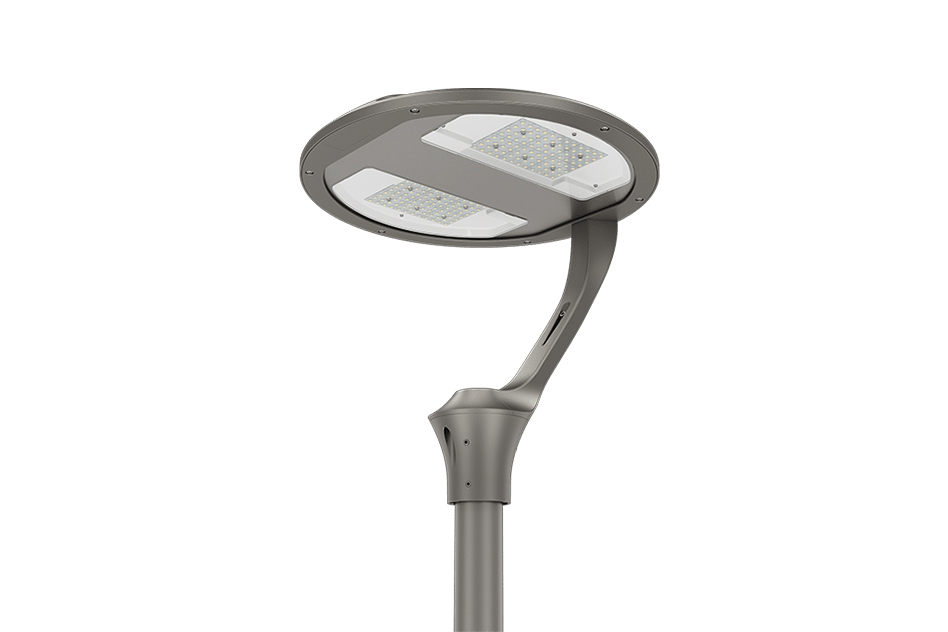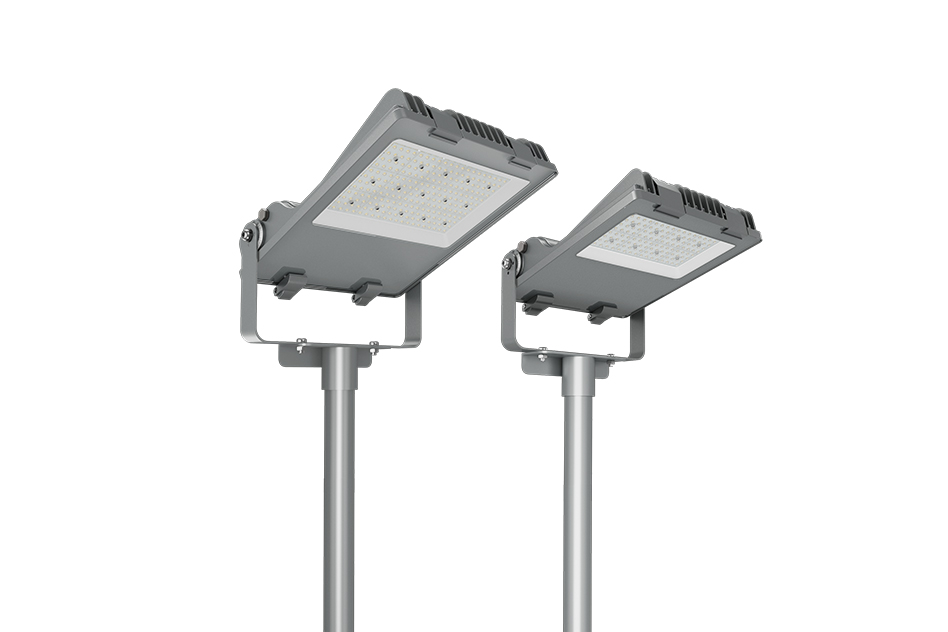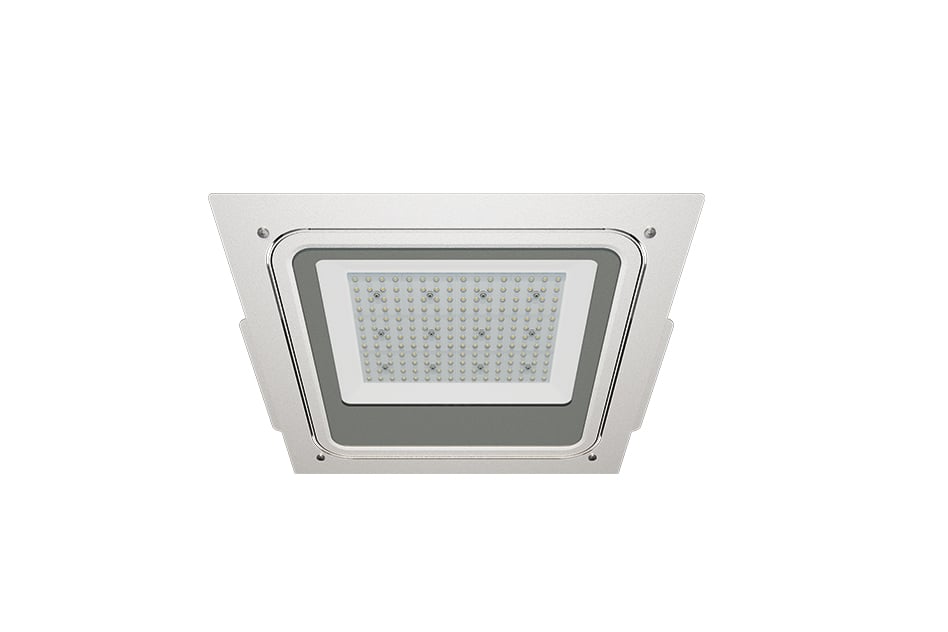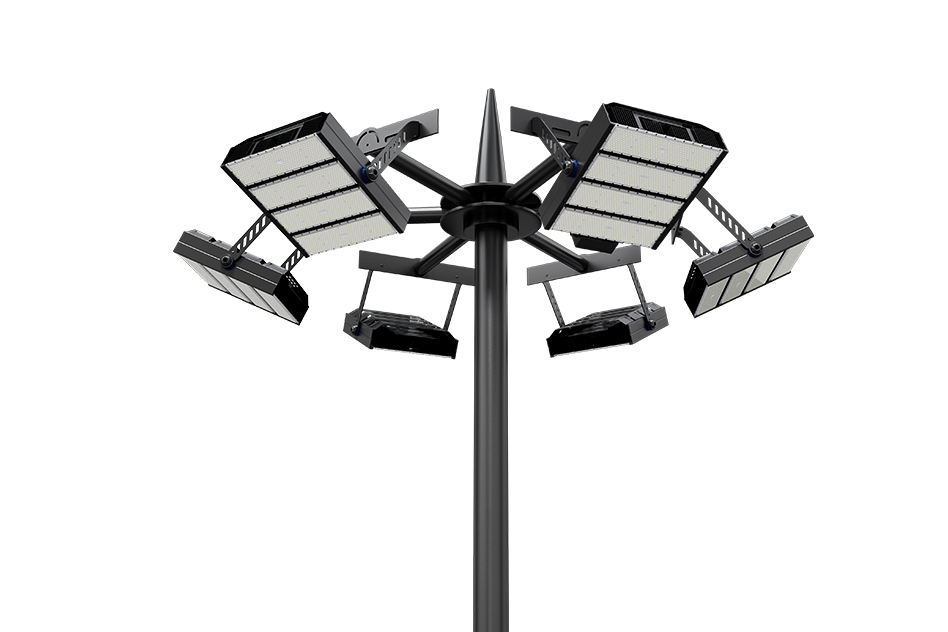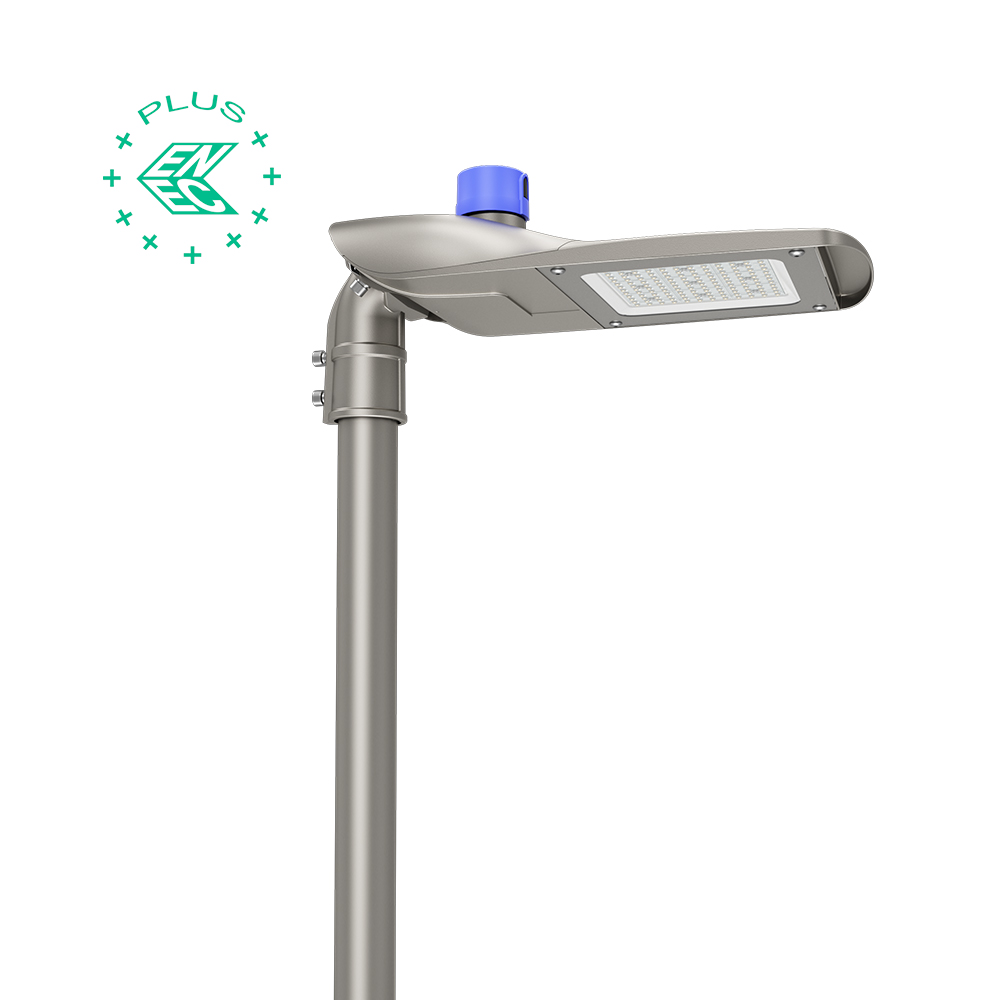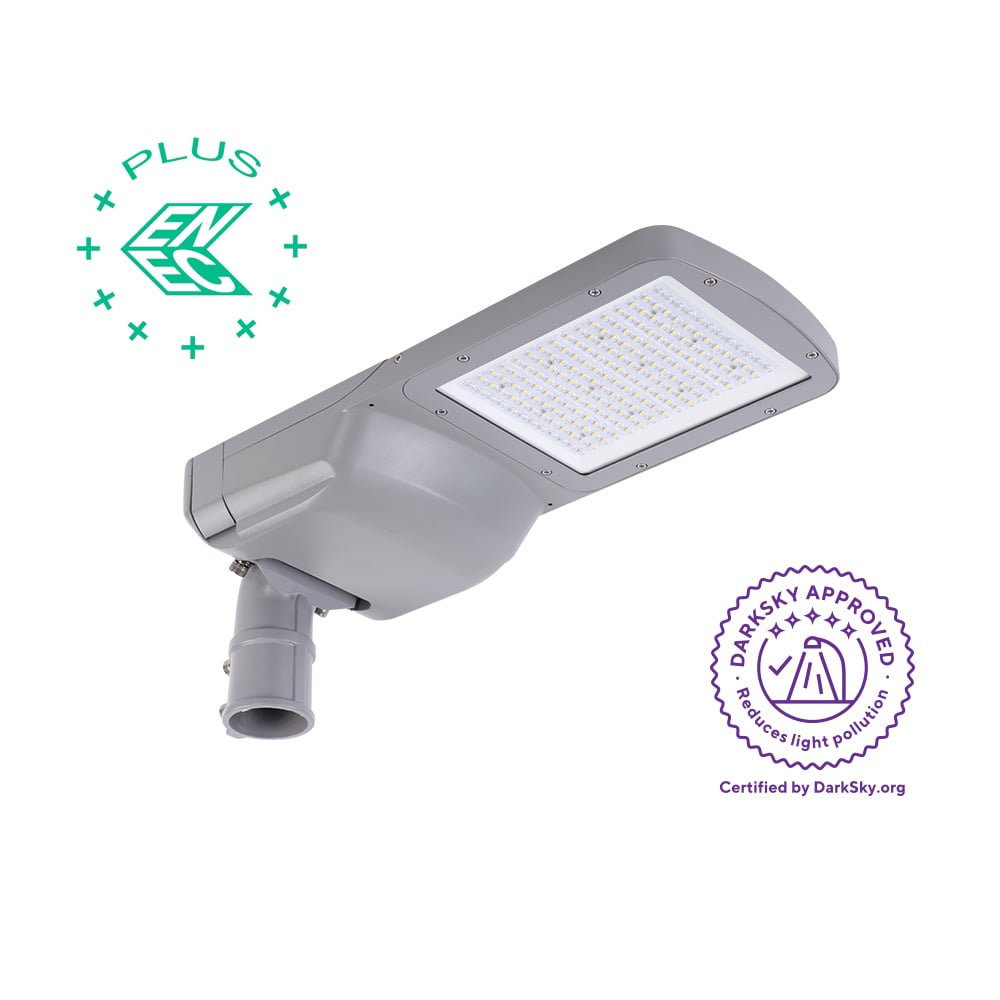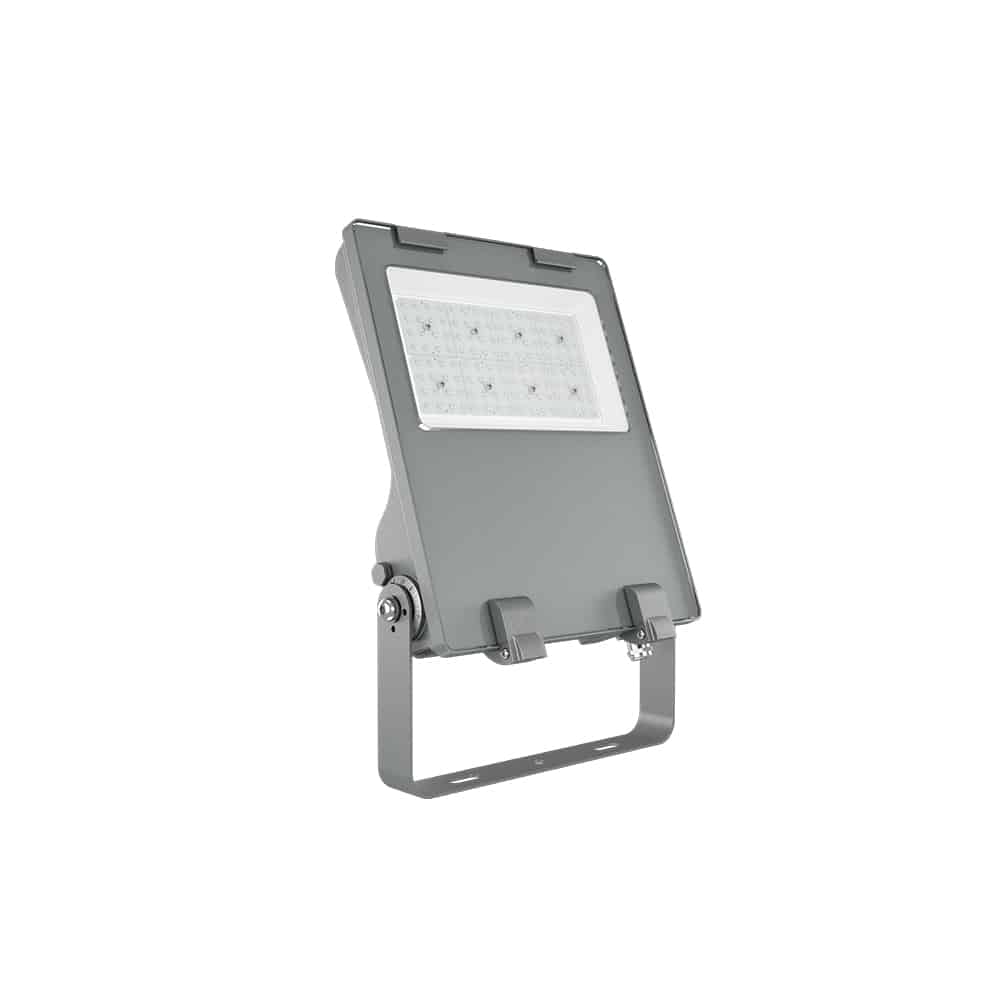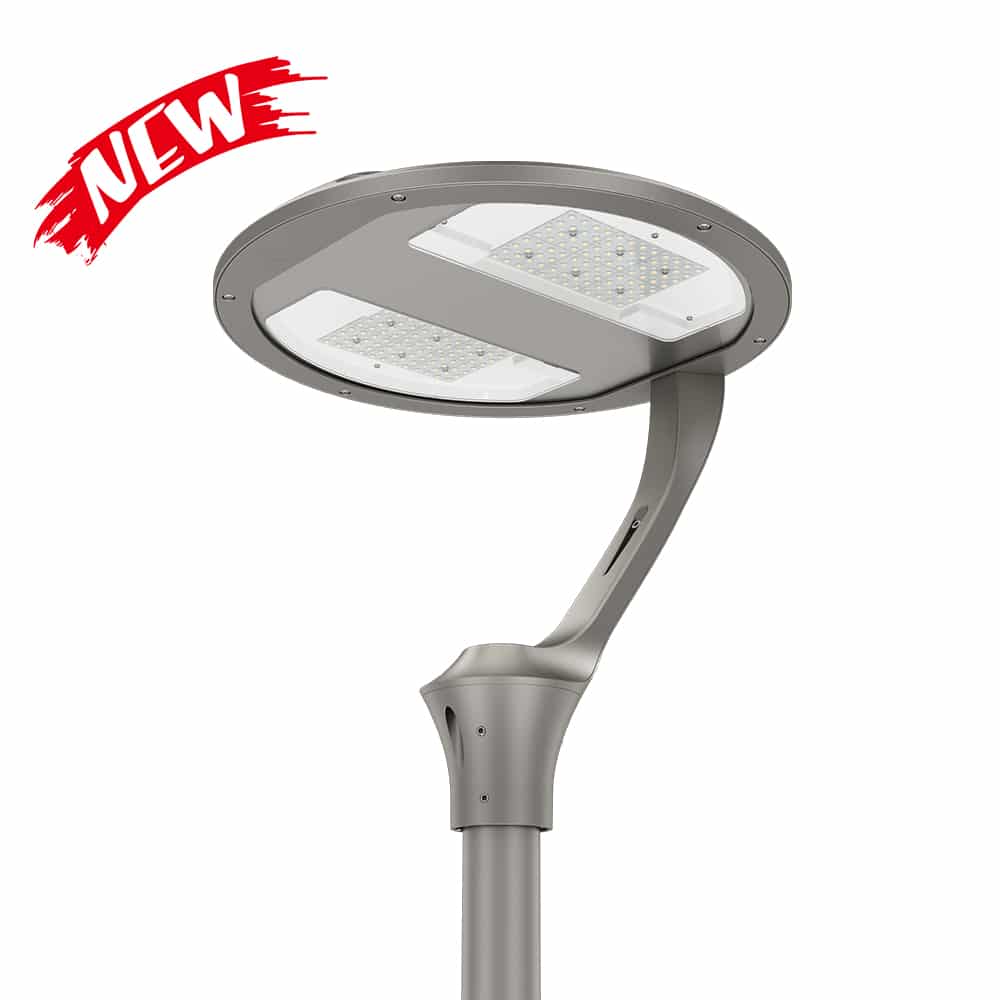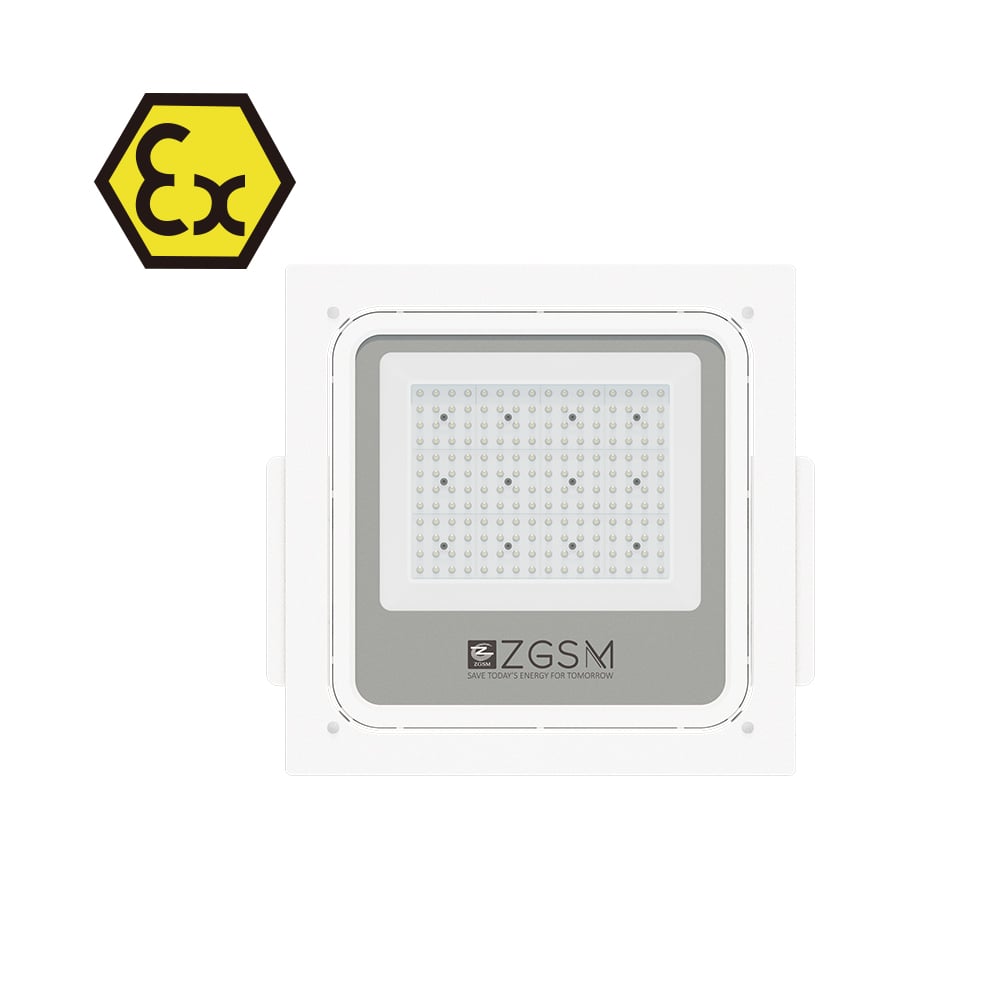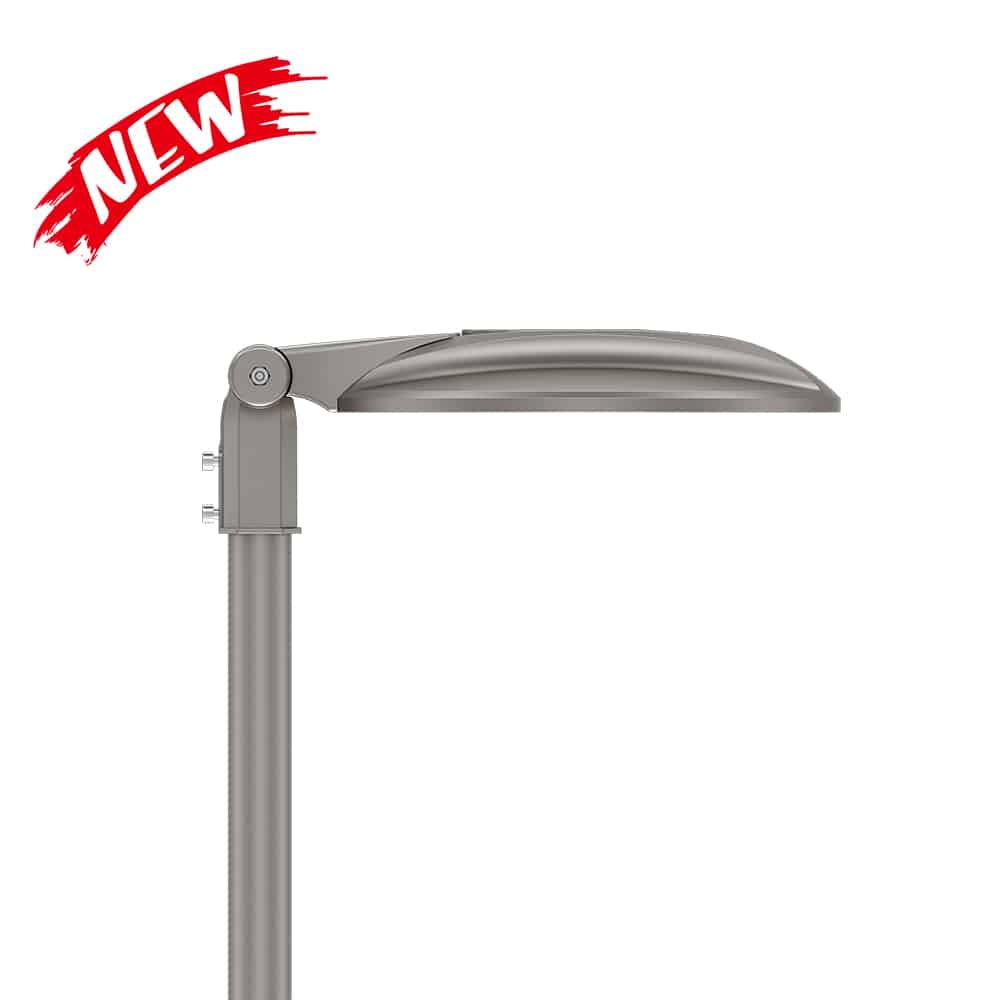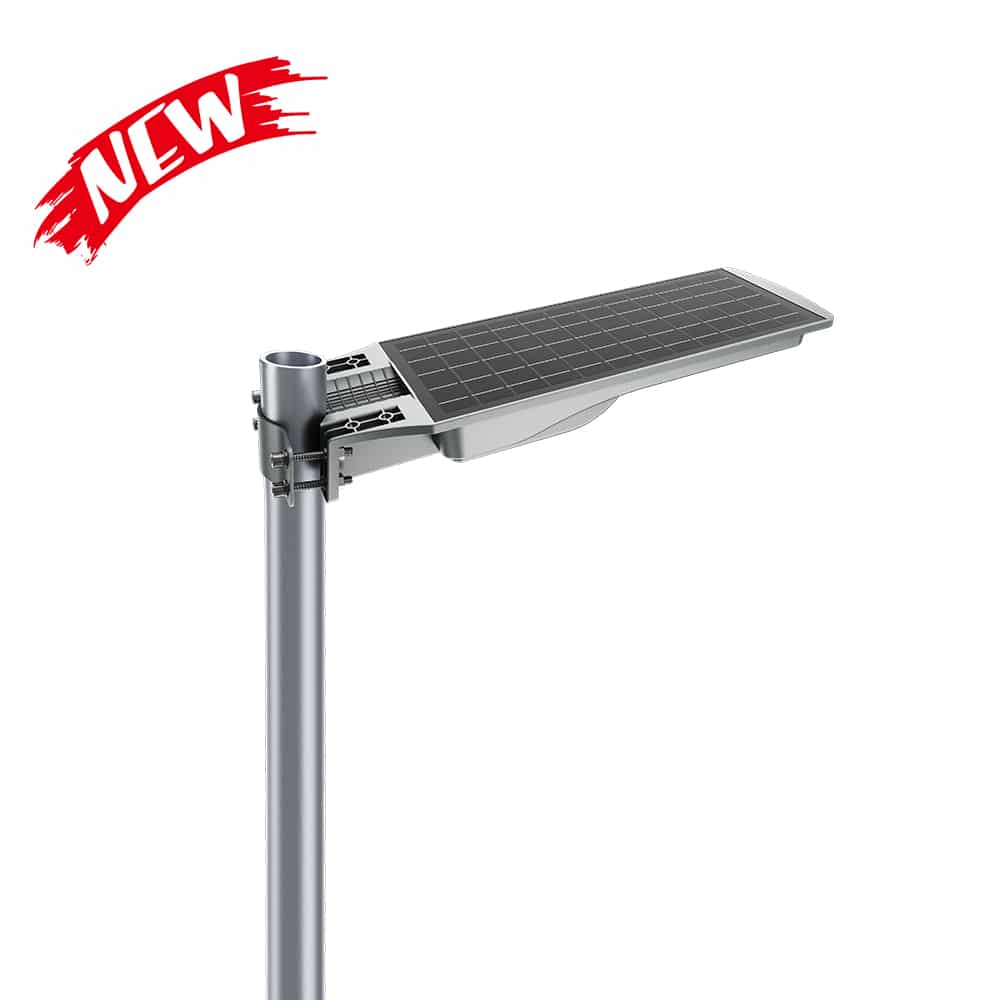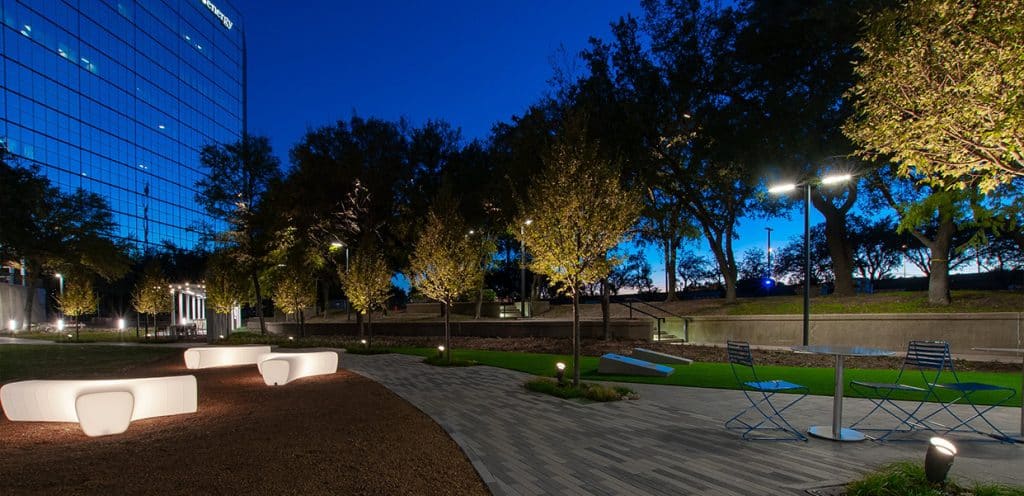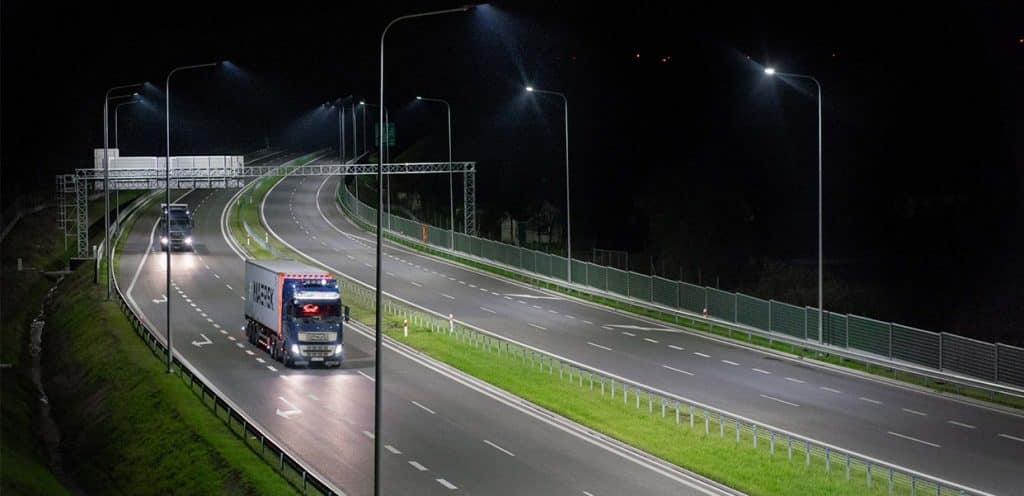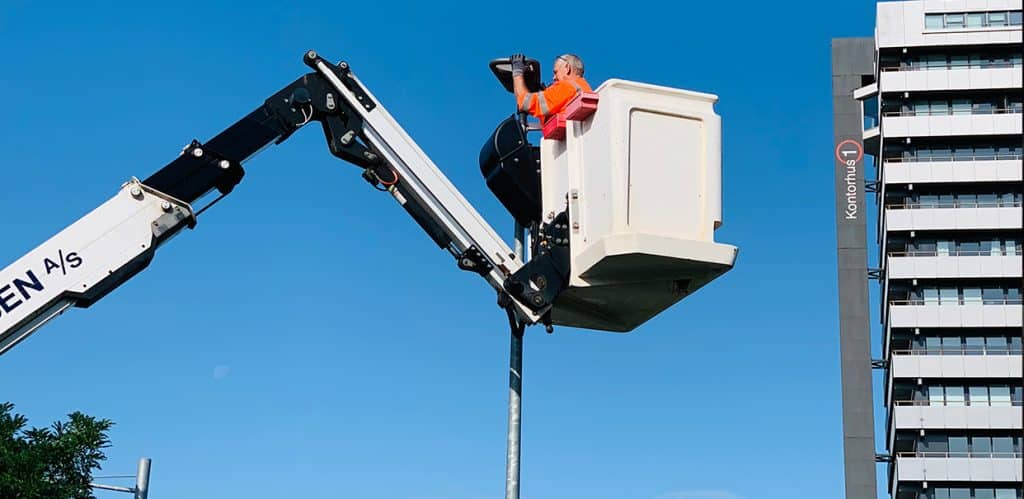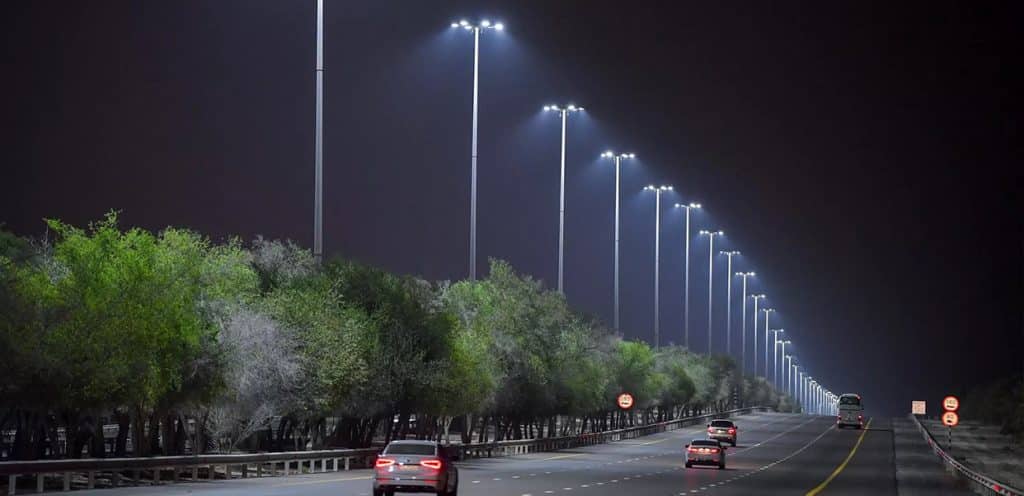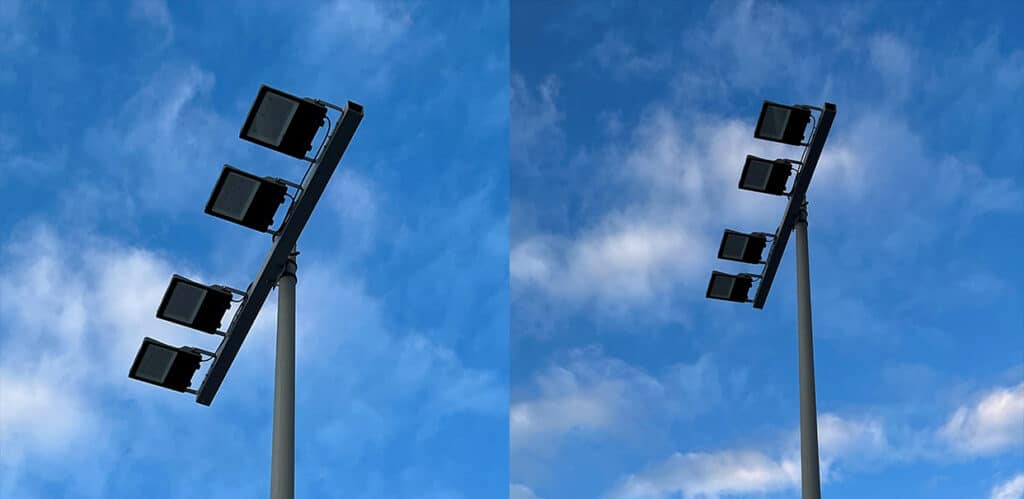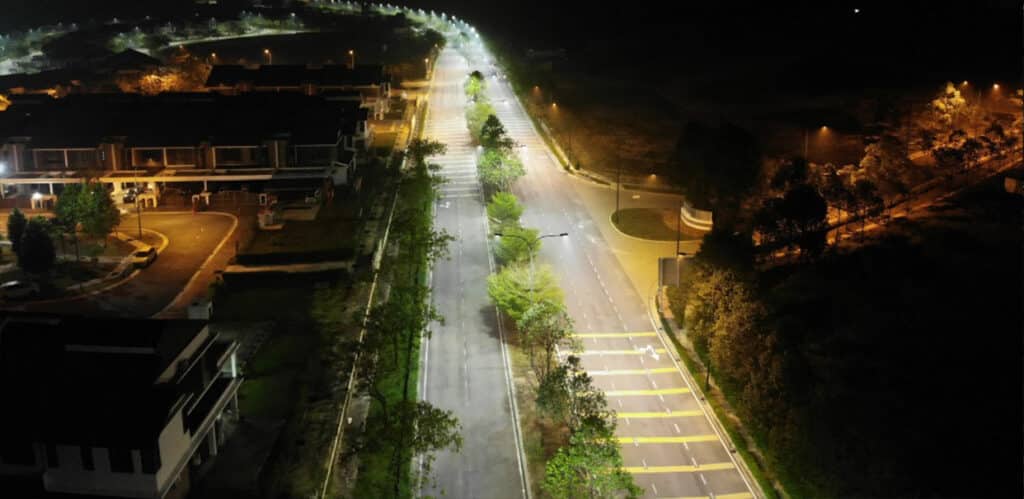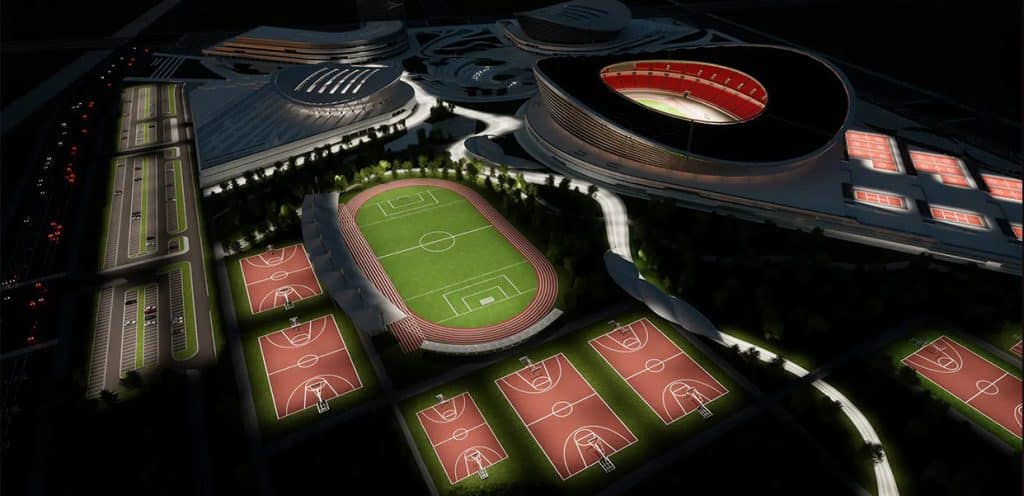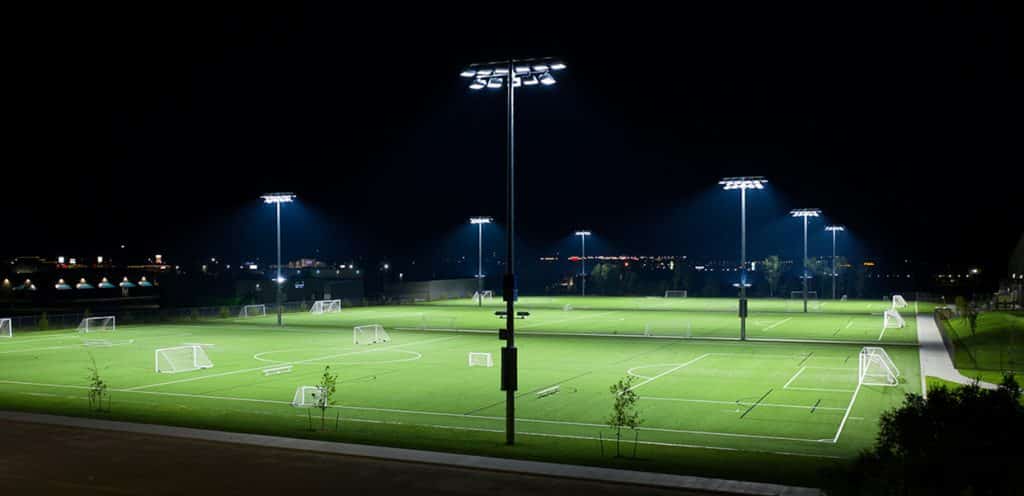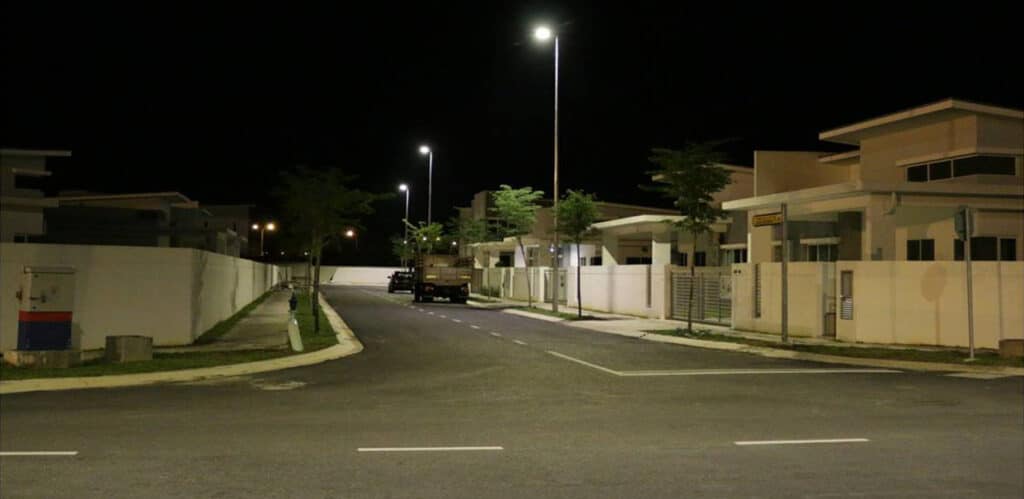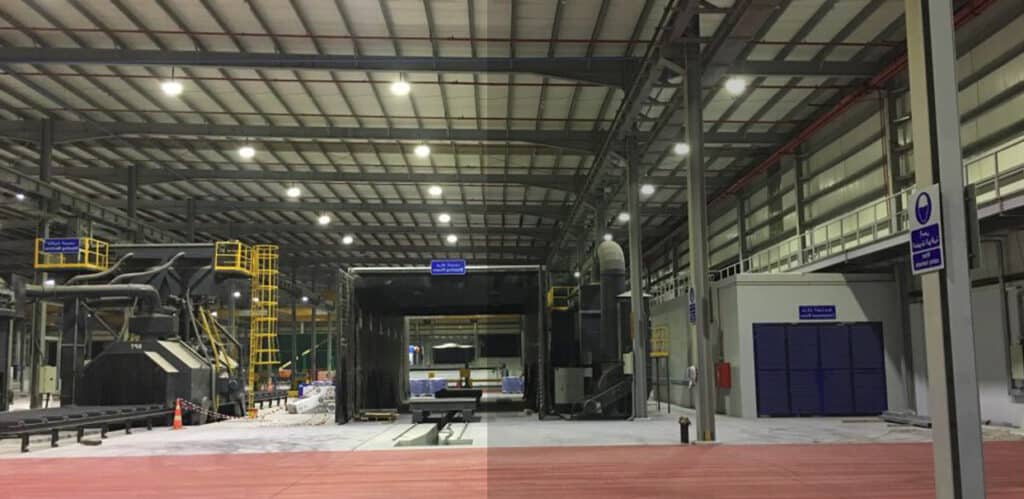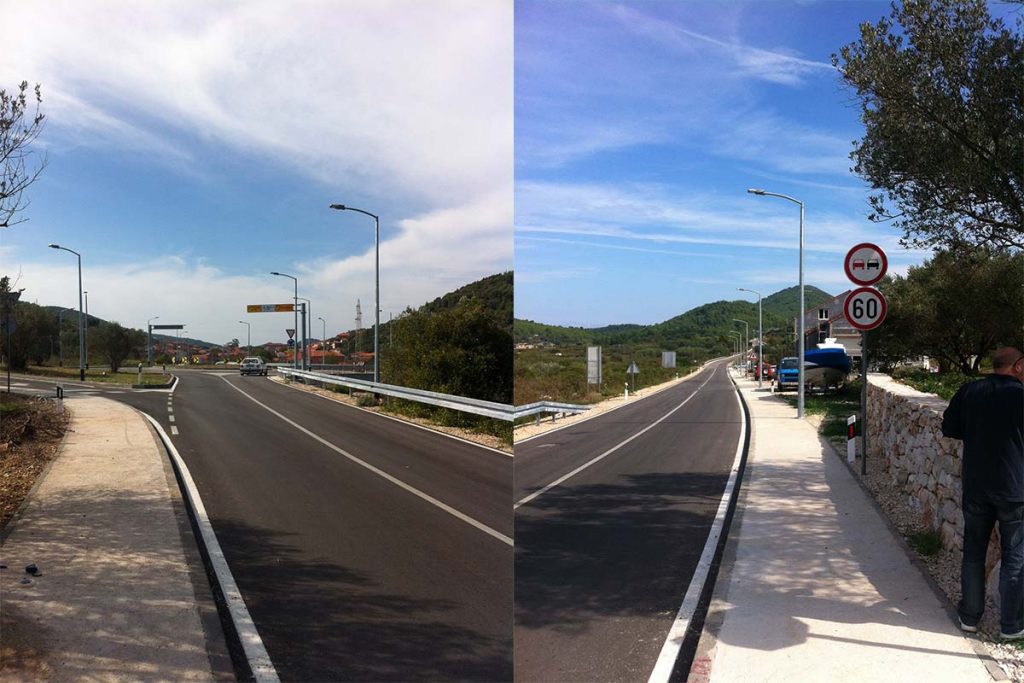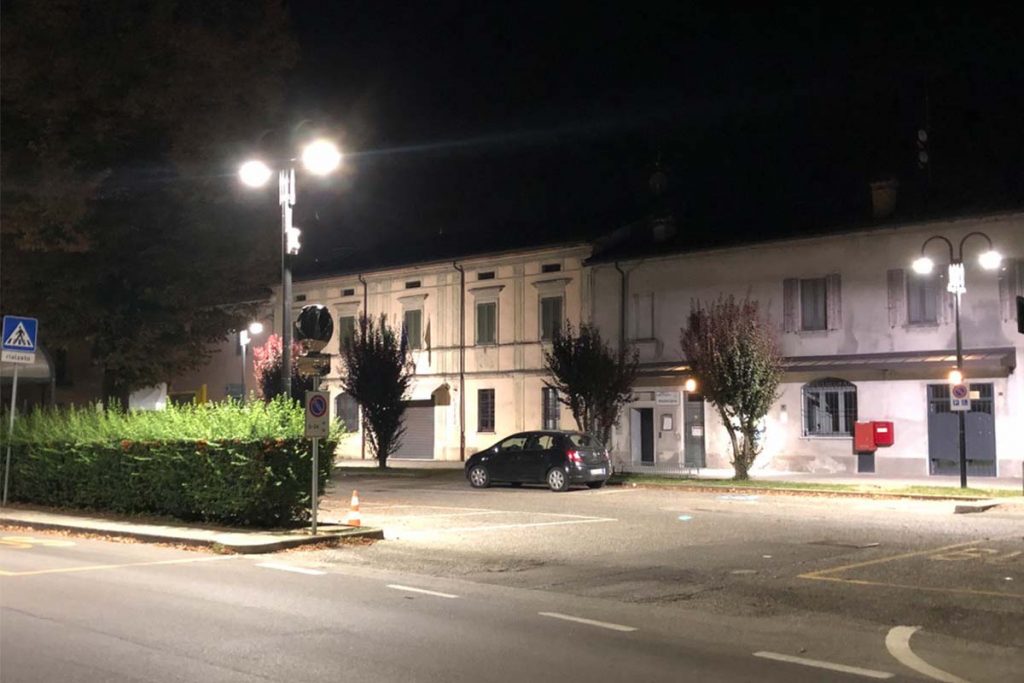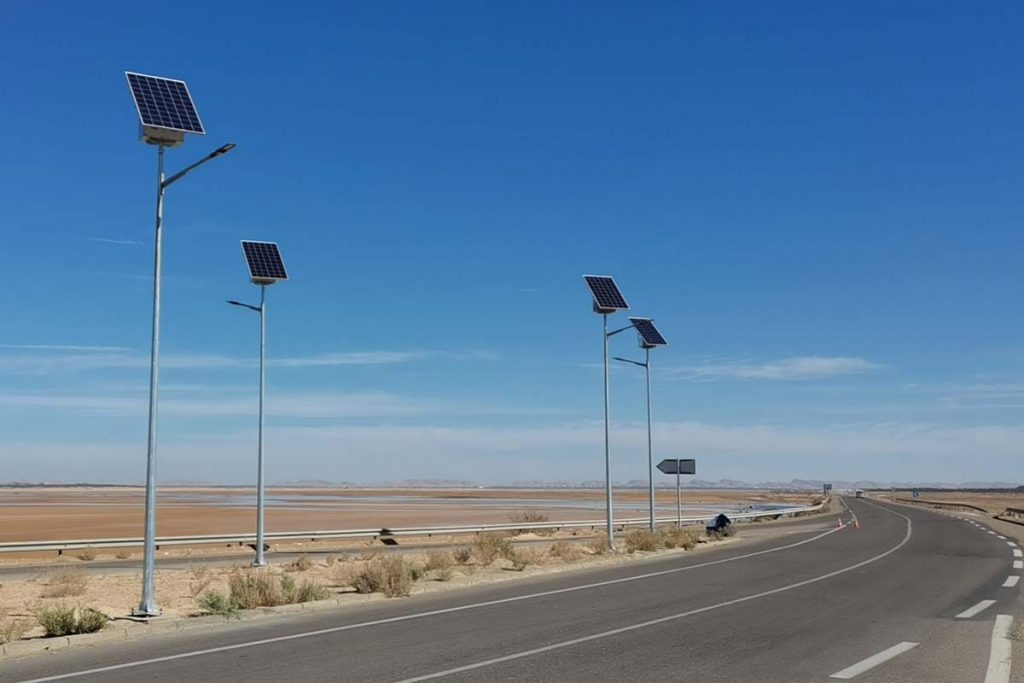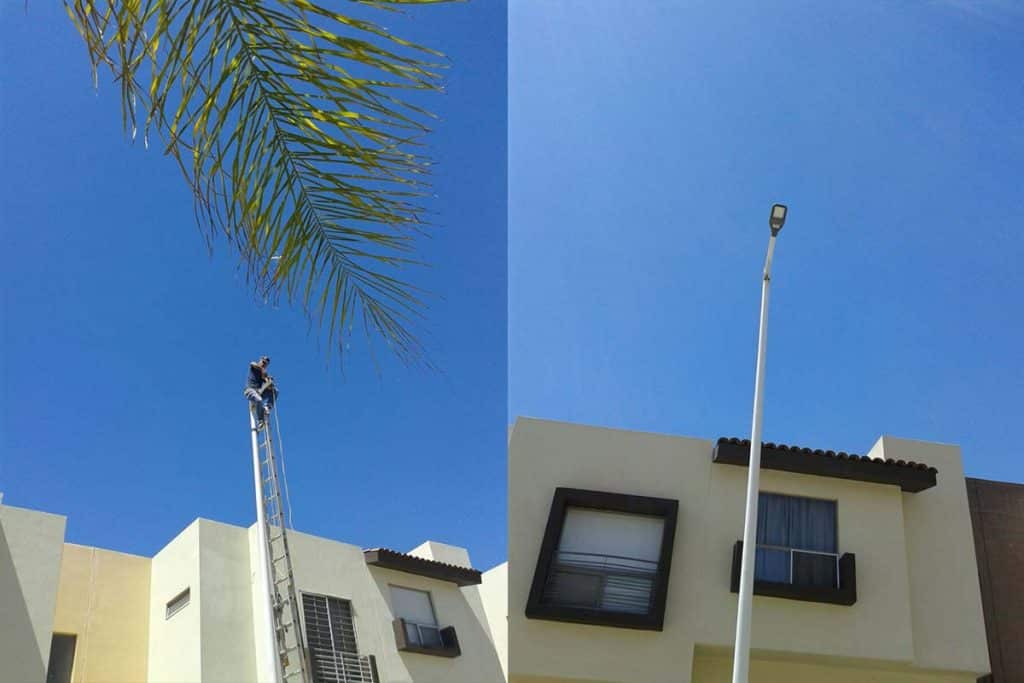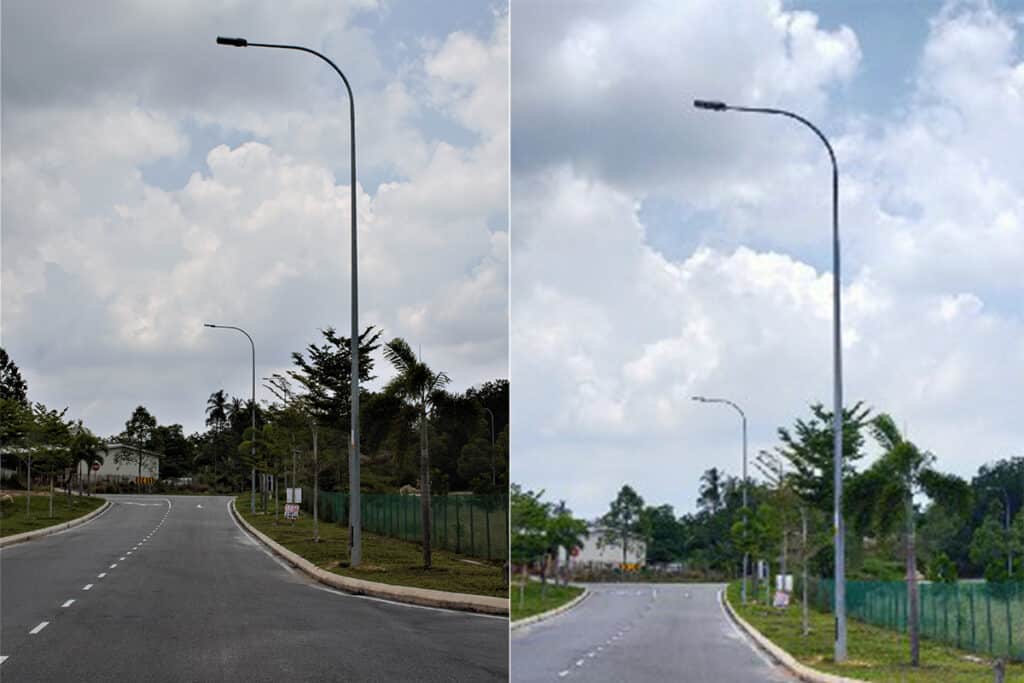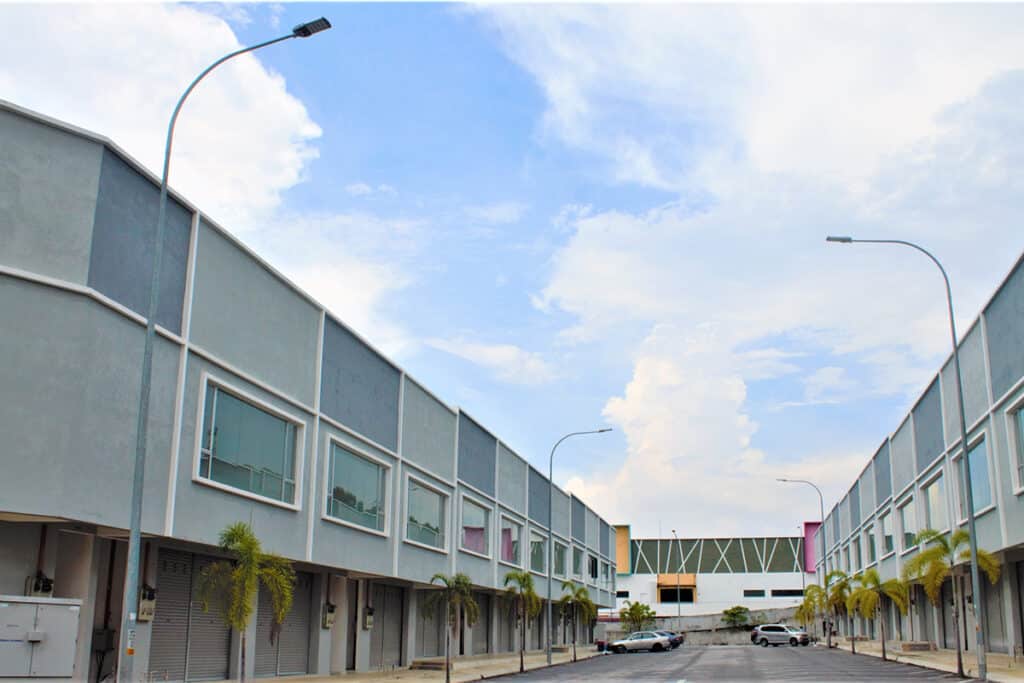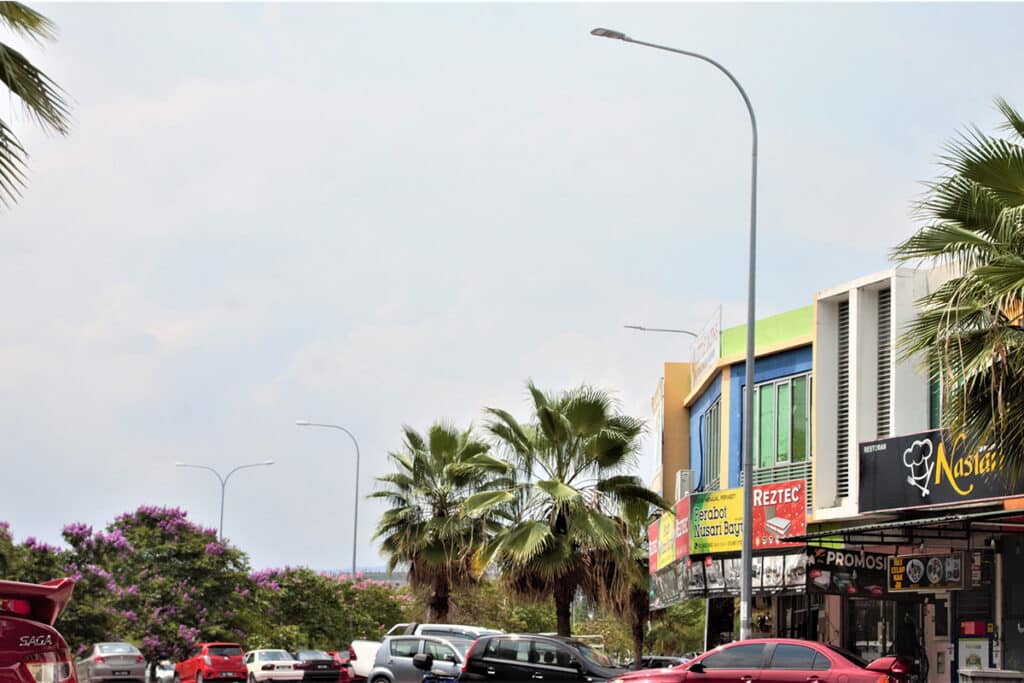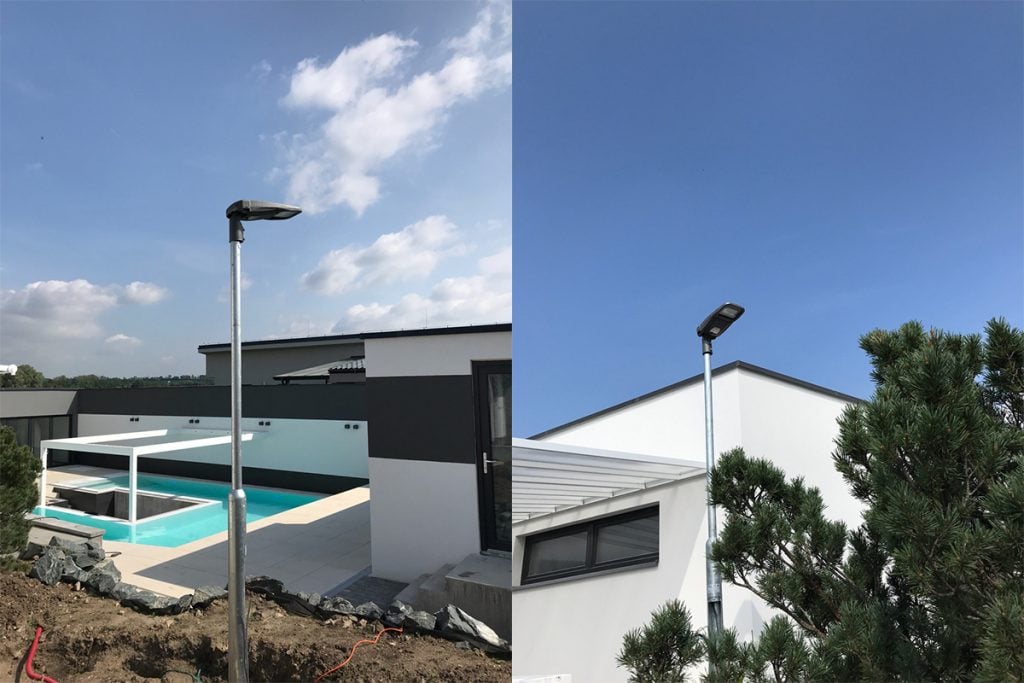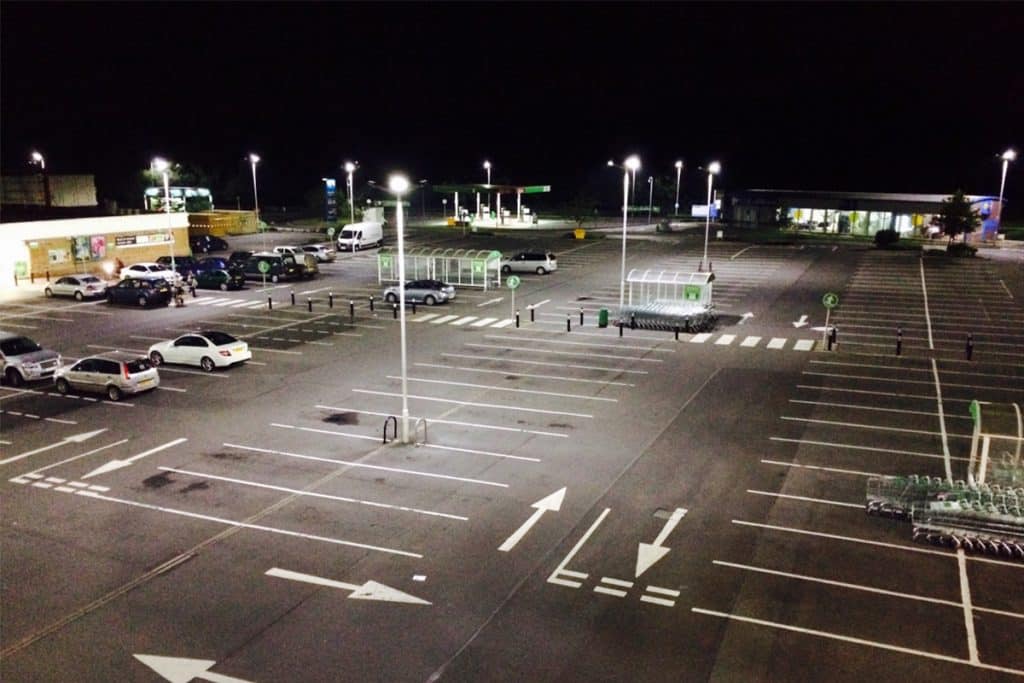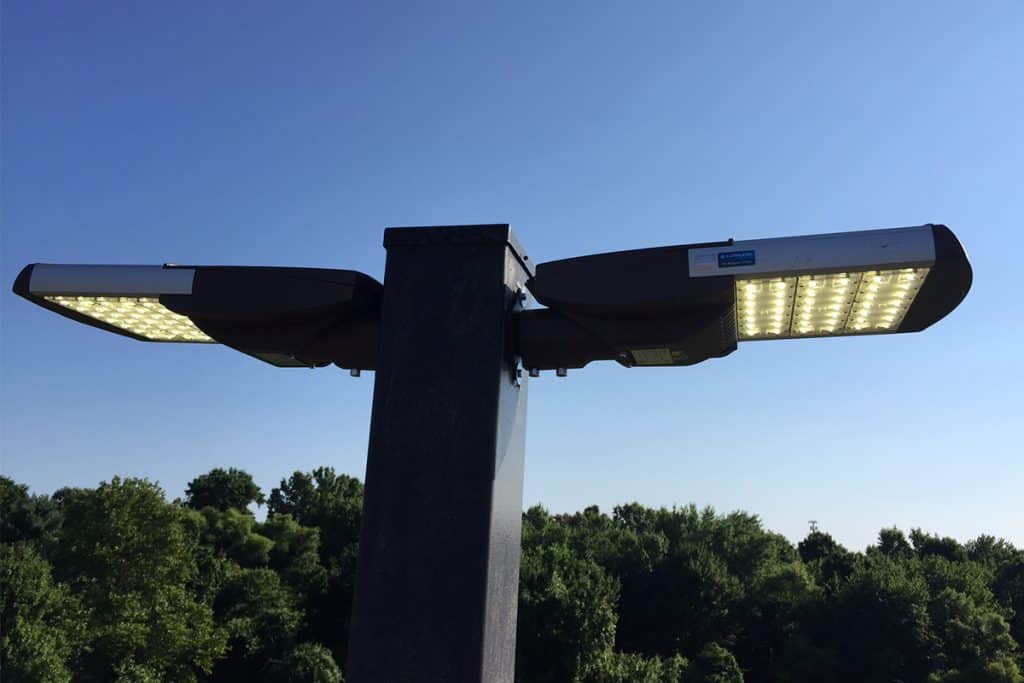NEMA enclosure types vs lP ratings
NEMA enclosure types vs lP ratings
Introduction
Lamps such as LED street lights, floodlights, parking lot lights ( Click here to view case studies of LED parking lot lights for commercial districts. ). and post top lighting are generally used outdoors, so the relevant standards have clear requirements for their waterproof level, dust proof level and anti-corrosion level. For example, we often hear that IP65 rated street lights can be used in outdoor environments and withstand rain; IP67 rated underground lights can be installed underground and can withstand a certain amount of water; on the contrary, if IP20 rated power supplies are used in outdoor lighting fixtures, this It needs to be installed in the waterproof housing of the lamp to ensure that it is not affected by rain, dust and corrosive substances. In the LED industry, in addition to IP rating, NEMA enclosure types describe the waterproof performance of electrical products. For example, LED light with NEMA Type 4 is suitable for outdoor use, and its waterproof rating is similar to IPx5. This article mainly explains and compares IP rating and NEMA enclosure types, hoping that industry workers can have a deeper understanding of them.
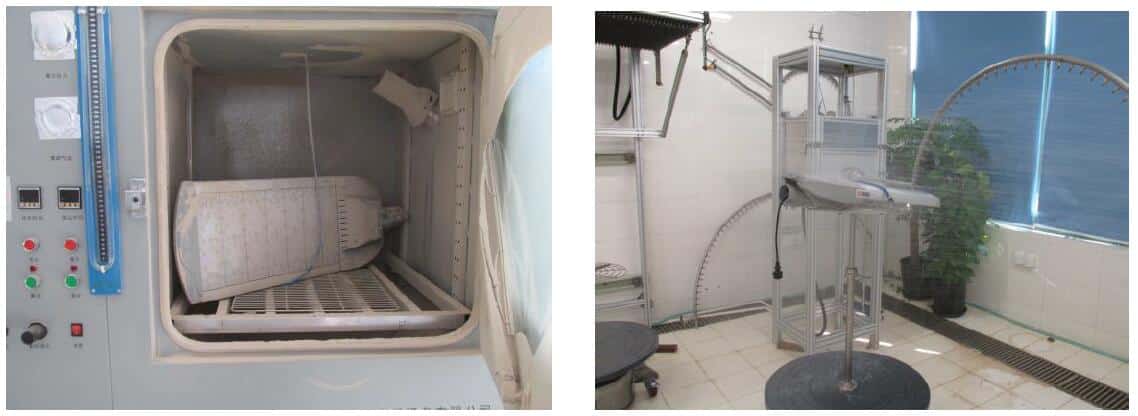
Why care about NEMA enclosure types and lP ratings?
By checking information such as the IP (Ingress Protection) rating and NEMA enclosure types of the lighting fixture, we can know the level of protection the lighting fixture has against solid objects (such as dust and debris) and liquids (such as water). This determines their usage environment and performance in these environments. Here are the reasons why IP rating and NEMA enclosure types are important.
- Environmental suitability: By checking the IP rating and NEMA enclosure type, we are able to determine whether the device is suitable for the corresponding environmental conditions. For example, in outdoor lighting, lamps will be exposed to rain, snow and other weather conditions. At this time, only lamps with IP65 and above ratings can meet the requirements.
- Equipment life and reliability: IP rating and NEMA enclosure type directly impact equipment life and durability. Only if the device’s IP rating and NEMA enclosure type are suitable for the environment in which the device is located will it function properly over an extended period of time. For example, IP66 lamps cannot be used in areas with accumulated water, otherwise they may cause water to enter the lamps, causing the equipment to be scrapped early.
- Equipment safety: IP ratings and NEMA enclosure types are critical to ensuring the safety of those who interact with the equipment. For example, if the waterproof level of the lamp does not meet the requirements of the project’s use environment, electrical components may be exposed to a humid environment, leading to dangers such as equipment leakage and short circuits.
What’s IP rating?
IP Ratings (Ingress Protection Ratings) and NEMA Enclosure Types are both standards used to describe the protection level of electrical equipment enclosures, but they come from different standards organizations and have some differences. IP Ratings are standards developed by the International Electrotechnical Commission (IEC) to describe the degree of protection of electrical equipment enclosures. IP is the abbreviation of Ingress protection. Different IP levels are composed of two numbers, which are represented by IP xx. The first number indicates the level of protection against solid objects (including dust); the second number indicates the level of protection against liquids. The higher the numbers for both, the higher the level of protection against solids and liquids. The different numbers mean something, which we summarize in the table below. For example, IP65 street lamps mean that the lamp is completely dustproof and can withstand water flow with a certain water pressure from all directions, which means that it can be used in most outdoor environments. Another example is IP68 lamps, which means that the lamps can be installed underwater for a long time without water entering the lamps. Typical ones are underwater landscape lights and some light strips. Below is the table list what does the first and second digital.
| First Number | Protection From Solid Objects | Second Number | Protection From Water |
| 0 | No Protection | 0 | No Protection |
| 1 | Protected from solid objects over 50mm | 1 | Protected from vertically falling drops of water |
| 2 | Protected from solid objects over 12mm | 2 | Protected from direct sprays of water up to 15 degrees from vertical |
| 3 | Protected from solid objects over 2.5mm | 3 | Protected from direct sprays of water up to 60 degrees from vertical |
| 4 | Protected from solid objects over 1mm | 4 | Protected against sprays from all directions – limited ingress permitted |
| 5 | Protected from dust-limited ingress | 5 | Protected from low pressure jets of water from all directions – limited ingress permitted |
| 6 | Totally protected from dust | 6 | Protected against strong jets of water – limited ingress permitted |
| NA | 7 | Protected from the effects of temporary immersion between 15cm and 1m | |
| NA | 8 | Protected against long periods of immersion under pressure |
What’s NEMA enclosure types?
NEMA Enclosure Types is a standard developed by the National Electrical Manufacturers Association (NEMA, well know as NEMA socket in street lighting industry). Like IP rating, it describes the purpose and protection level of equipment. It defines the type of environment in which an electrical enclosure can be used. Additionally, it represents the ability of the equipment enclosure to withstand certain environmental conditions, such as salt, ice, and oil. Its representation is not as simple as IP rating, which consists of numbers and additional letters. For example, NEMA Type 4X indicates that the equipment is waterproof and corrosion-resistant. NEMA Type 4 indicates that the device is waterproof, similar to the IP65 rating. The following is a summary of the classification of NEMA enclosure types released by ZGSM, please check.
| Number | Protection From Solid Objects/water | Letter | Protection From other hazards |
| Tpye 1 | For indoor use, it provides a certain degree of protection for personnel from contact with hazardous parts; provides a certain degree of protection against the ingress of solid foreign matter (falling dirt). |
N/A | |
| Tpye 2 | For indoor use, it provides a certain degree of protection for personnel from contact with hazardous parts; provides a certain degree of protection against the entry of solid foreign objects (falling dirt); provides a certain degree of protection against liquids (drips and minor splashes). | N/A | |
| Tpye 3 | For indoor or outdoor use, it provides a certain degree of protection for personnel from contact with hazardous parts; a certain degree of protection against the ingress of solid foreign objects (such as fallen dirt and windblown dust); and a certain degree of protection against liquids (rain, sleet) snow, snow) and protect equipment from external ice formation. | S(Tpye 3S) | Equipment is still maneuverable in the event of icing. |
| Tpye 4 | For indoor or outdoor use, it provides a degree of protection for personnel from contact with hazardous parts; a degree of protection against solid foreign objects (such as falling dirt and windblown dust); and a degree of protection against liquids (rain, sleet, etc.) , snow, splashing water, hose guide water) and protect the equipment from external ice formation. | X(Tpye 4X) | It provides an additional level of protection against corrosion. |
| Tpye 5 | For indoor or outdoor use, it provides personnel with a certain degree of protection from contact with hazardous parts; provides a certain degree of protection against the entry of solid foreign objects (such as falling dirt and settled airborne dust, lint, fibers, and flying objects); provides a certain degree of protection against liquids (such as dripping water and minor splashes). |
N/A | |
| Tpye 6 | For indoor or outdoor use, provides a degree of protection for personnel from contact with hazardous parts; provides a degree of protection against the ingress of solid foreign objects (falling dirt); provides a degree of protection against liquids (water directed by hoses and occasionally submersion at limited deep temporary immersion in water) and protect equipment from external ice formation. |
P(Tpye 6P) | Provide a degree of protection against prolonged submersion at a limited depth. |
| Tpye 7 | Enclosure design can be used to contain internal explosions without causing external hazards. | N/A | |
| Tpye 8 | Housing design allows use in oil-immersed equipment and prevents combustion. | N/A |
NEMA enclosure types vs IEC IP ratings
Through the study of the above two sections, we understand the origin, representation method and representative meaning of IP ratings and NEMA enclosure types, etc. Now we mainly talk about the differences between them. IP Ratings are set by IEC, while NEMA Enclosure Types are set by NEMA. IP rating consists of two numbers, which are the level of protection against solids and liquids, and NEMA Enclosure Types consist of numbers and letters indicating the characteristics of the equipment (waterproof, anti-corrosion, explosion-proof, etc.). In addition, IP Ratings are international standards and are used globally, while NEMA Enclosure Types are mainly used in North America and are also adopted by a few countries in other regions. ZGSM considers NEMA ratings and IP ratings to be equally valid in describing the level of protection provided by an enclosure. For manufacturers exporting to Europe and other countries, we recommend using the IP rating. For equipment and design projects exported to the United States, NEMA rating is preferred. Of course, IP rating should also be recognized accordingly. Below we list the rough correspondence between NEMA enclosure types and IP ratings, which will help relevant practitioners understand the differences between the two standards, and also help ensure that equipment has appropriate protective performance in specific environments. Of course, there are still subtle differences between them. For example, in addition to waterproof and dustproof properties, NEMA Type 4X also has additional requirements for anti-corrosion performance.
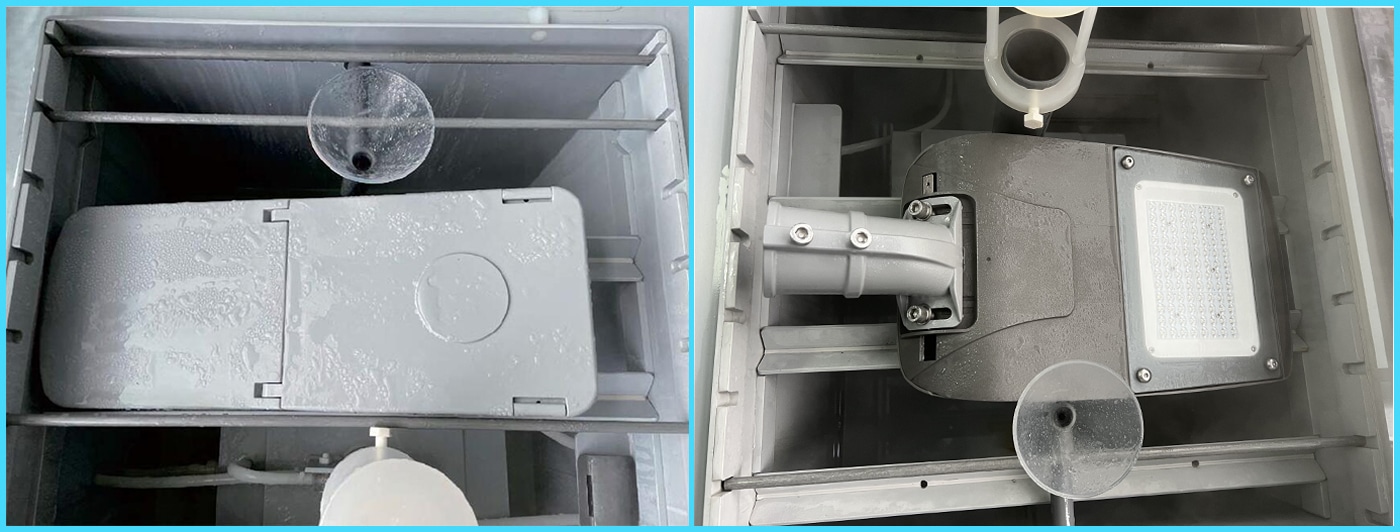
The following is the corresponding relationship between IP ratings and NEMA enclosure types.
NEMA |
IP |
1 |
10 |
2 |
11 |
3 |
54 |
3r |
14 |
3s |
54 |
4 and 4x |
55 |
5 |
52 |
6 and 6p |
67 and 68 |
12 and 12k |
52 |
13 |
54 |
ZGSM LED lights with different waterproof performance
All ZGSM products must pass waterproof and dustproof testing. ZGSM must consider waterproof and dustproof capabilities in the early stages of lamp design. After the design is completed, we will conduct waterproof and dustproof tests in our own laboratory. After passing the test, we will also entrust a third-party laboratory to conduct IP rating (NEMA enclosure types) testing to obtain a third-party test report. The following are ZGSM’s products (street lights, pole lights, floodlights, canopy lights, high mast lights) with IP66 or IP65 rating, please contact us if you need them.
Summary
Through this article, we know the importance of IP ratings and NEMA enclosure types. They all explain the protective capabilities of electrical equipment. The IP rating focuses on the ability to protect against water and dust. In addition to describing the waterproof and dustproof capabilities of lamps, NEMA Enclosure Types also introduces the protective capabilities of other substances. Compared with IP rating, its waterproof ( Explore the case study of a waterproof street light. ) and dustproof capabilities are not as digital as the former. For the two standards, the applicable regions and environments are also different. Learning relevant knowledge is very important to understand the performance of the product and the applicable environment of the product. At the same time, we also introduced that ZGSM’s outdoor products including street lights, floodlights and stadium lights have been rigorously tested and passed the IP66 or IP65 standard. Contact us for more information on IP ratings and NEMA ( Watch the video of the Leaf Series streetlights featuring NEMA street light controller ) enclosure types, and you are welcome to inquire about our LED products.
Rated Products
Related Blogs
Related Cases
People also ask
Author introduction
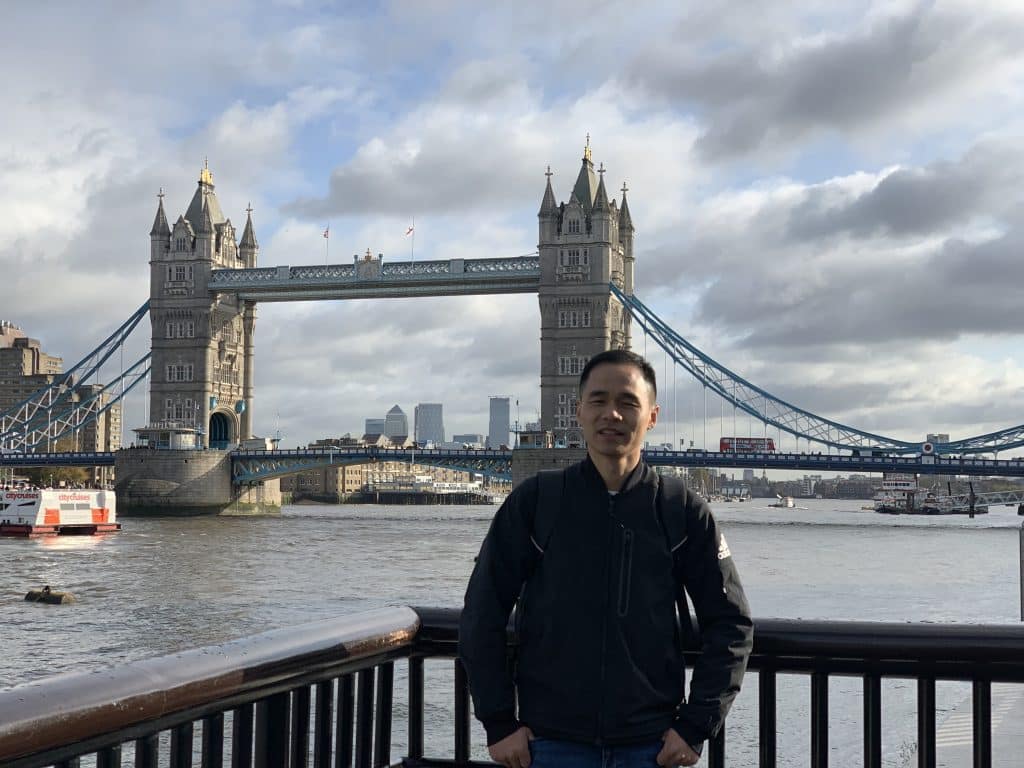
Hello Customers,
My name is Taylor Gong, I’m the product manager of ZGSM Tech. I have been in the LED lights industry for more than 13 years. Good at lighting design, street light system configuration, and bidding technology support. Feel free to contact us. I’m happy to provide you with the best service and products.
Email: [email protected] | WhatsApp: +8615068758483

